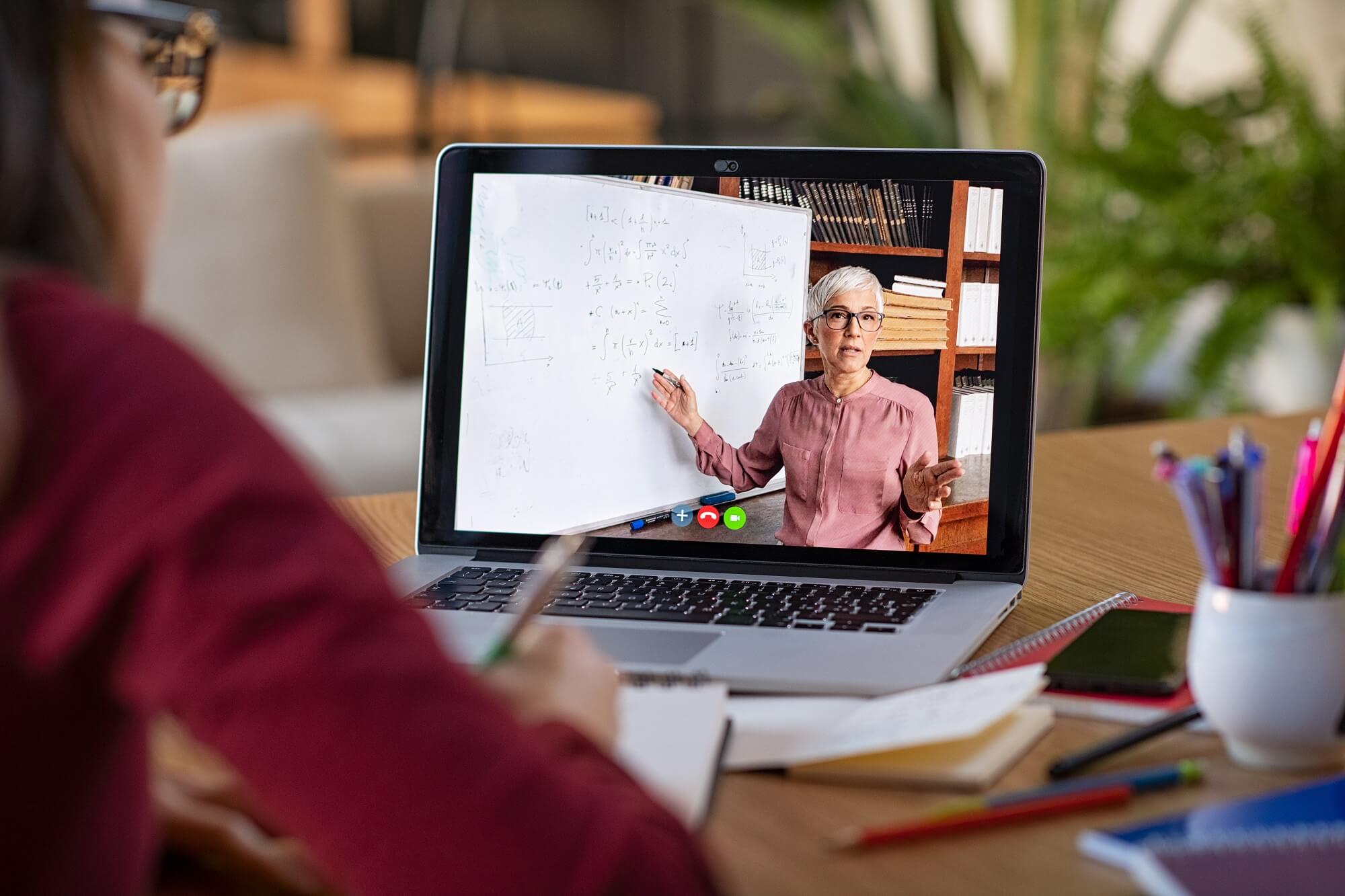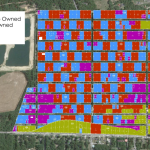To access the Herald’s local coronavirus/COVID-19 coverage, click here.
COURT HOUSE – New Jersey’s K-12 public education was abruptly shifted to remote learning platforms March 18 by the COVID-19 pandemic.
Almost five months later, a hopefully more developed and planned remote learning capability is figuring prominently in programs for a hybrid form of education at the start of the new school year. It is also the “backup plan,” should even partial in-person instruction be shut down again by virus outbreaks.
The question is what was learned from the forced experiment with remote learning? Did it work? Are school districts prepared to do it better this time?
According to the county’s largest school district, Middle Township, “It is important to distinguish between online school and the emergency virtual learning that families experienced last spring.”
The district educators believe that students involved in a “partial or full-time virtual option” in the fall will experience “a greater level of engagement, with in-depth material and instruction more reflective of a traditional in-person model.”
The focus in this comment on a greater level of engagement speaks directly to one of the major criticisms of the suddenly forced pivot to remote education in the spring. National surveys of teachers and parents point to the same concern – students were not engaged and many disappeared for stretches.
In the spring, there was also no time to prepare technological resources for students or teachers.
The results of national surveys present a troubling picture. The sudden move to remote learning exacerbated already existing inequities in the education system. Students without home computers or access to reliable internet connections fell behind immediately, as schools scrambled to rectify the situation.
Problems went beyond access to appropriate technology. Many teachers had no experience with remote instruction. Some parents were overwhelmed, as they dealt with job loss or the need to establish work-at-home routines. The available research on the spring experience suggests learning gains suffered.
Survey data shows that most parents were sympathetic to the problems the school systems encountered in the sudden pivot away from traditional forms of instruction. Parents were also of two minds concerning the potential of remote learning.
One Gallup poll reported an almost even split between parents who were not concerned (51%) and those who responded that they were very or moderately concerned (47%) that remote learning would negatively impact their children. The split correlated strongly with family income, with lower-income families expressing worry over the loss of in-person instruction.
A survey of over 7,000 teachers said that many teachers, especially those with children at home, as well, found the move to remote learning challenging. They reported that only about 60% of students were engaged in remote learning regularly.
Overall, teachers said they felt successful 96% of the time, teaching in-person formats, and only 73% of the time in remote instruction. Teachers reported that one in three students participated daily in remote instruction less than 50% of the time.
Teachers of low-income students and students of color were more likely to report lower participation rates among students, with factors of internet access, lack of an appropriate device, and sibling child care responsibilities as contributing factors.
Multiple surveys showed parents giving schools high marks for managing the sudden shift, but they also believed that the children lost ground in terms of educational goals.
Locally, parents are also not of a single mind on the issue. The results of a Middle Township survey, in June, with over 1,200 responses, showed a little over half of the parents (52.4%) preferred a 100% traditional model of in-person, in-school instruction, yet 45.5% of the parents stated a preference for either a 100% virtual model (14.9%) or a blended model (30.6%).
A reliance on remote learning brings into play issues that go beyond instruction. The child care benefits of in-person learning are lost all or part of the time, causing parents to scramble for options, as the partially reopened economy calls for a renewed focus on work.
Experts agree that in-person education benefits the student in a myriad of ways that go beyond mastery of specific content.
Teachers this fall will also have to deal with the gaps in learning that are a product of the sudden closing of schools in the spring. In Cape May, the district expects students will show “larger gaps than if they were just out for the summer.”
Cape May City Elementary School (CMCES) has plans for a hybrid opening that may not require alternating groups of students when using the school building. With all students present for the in-person instruction, the preferred option may incorporate reduced time in-person instruction for four hours in the morning and a “flipped classroom” that involves completing digital assignments for the rest of the school day. The virtual component will follow guidelines that limit screen time for students based on grade level.
CMCES has a low enough enrollment that its plan states that the building can “operate at any capacity” within state and local guidelines. Larger school districts do not have that ability.
It is important to realize that all plans, no matter how detailed, are essentially fluid. They may see adjustments right up to the start of classes.
School districts must also deal with new state guidance that impacts previous plans. The state Health Department issued 19 pages of recommendations Aug. 13 for school reopening.
The incorporation of digital platforms into K-12 education was increasing for the last several years. The pandemic accelerated the move beyond what anyone anticipated.
After a hectic spring, schools are now about to embark on a better-planned effort to engage, teach, and support students in a remote learning environment.
Supporters of remote learning argue that it allows teachers a greater ability to advance students at a pace appropriate to the student.
Whatever the pros or cons, remote learning programs will likely be part of the reality for most students going forward.
To contact Vince Conti, email vconti@cmcherald.com.
Cape May Beach – So Democrat governors and mayors think their authority is greater than federal authority? That’s hilarious! I see some of them say you’re not coming for my people meaning people here illegally while…







